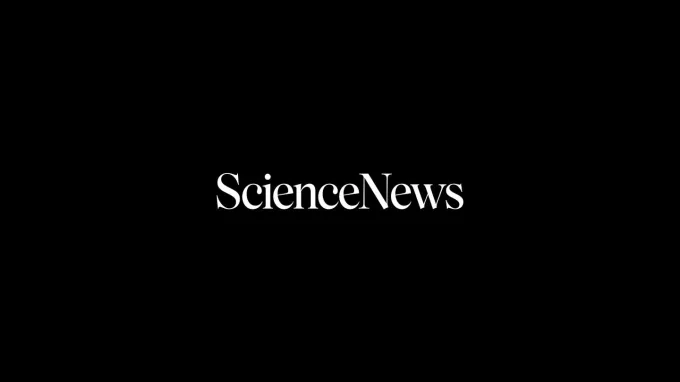Science News Magazine: Current Issue
Vol. 163 No. #15
Trustworthy journalism comes at a price.
Scientists and journalists share a core belief in questioning, observing and verifying to reach the truth. Science News reports on crucial research and discovery across science disciplines. We need your financial support to make it happen – every contribution makes a difference.
More Stories from the April 12, 2003 issue
-
 Health & Medicine
Health & MedicineMicrobicide thwarts AIDS virus in monkey test
A microbicidal gel applied vaginally prevents some transmission of the AIDS virus in monkeys.
By Nathan Seppa -
 Earth
EarthMapping watersheds invites comparisons
Computerized maps of environmental features for 154 of the largest river watersheds will soon be available to the public, free of charge.
By Janet Raloff -
 Astronomy
AstronomyAll-sky survey makes Internet debut
An atlas of some 5 million images from the Two Micron All-Sky Survey is now available online.
By Ron Cowen -
 Health & Medicine
Health & MedicineWeight-loss pill carries risks
The drug ephedra and its presumed active ingredient, ephedrine, provide only modest weight-loss effects and pose health risks.
By Nathan Seppa -
 Chemistry
ChemistryCatnip repels pest
Known to repel cockroaches and mosquitoes, catnip oil also works against termites.
-
 Chemistry
ChemistryNuclear-waste monitoring gets close to the source
A new prototype device may make monitoring of radioactive contamination cheaper and easier.
-
 Chemistry
ChemistryMatcha green tea packs the antioxidants
A green tea used in Japanese tea ceremonies contains much more of a beneficial antioxidant than ordinary green tea.
-
 Chemistry
ChemistryContacts could dispense drugs
Novel contact lens materials use nanoparticles to dispense drugs.
-
 Physics
PhysicsRare Events: Exotic processes probe the heart of matter
Physicists have for the first time unambiguously detected and measured the rates of certain reactions among protons, neutrons, and simple atomic nuclei.
By Peter Weiss -
 Astronomy
AstronomyOnce Upon a Time in the Cosmos: Using distant galaxies to study the early universe
Peering far back in time, two teams of astronomers report that they have found some of the universe's earliest galaxies.
By Ron Cowen -
 Animals
AnimalsCostly Sexiness: All that flash puts birds at extra risk
Distinctive his-and-her plumages increase the chance that a bird species will go extinct locally, according to an unusually far-ranging study.
By Susan Milius -
 Ecosystems
EcosystemsAt a Snail’s Place: Rock climbing cuts mollusk diversity
As rock climbing soars in popularity, some cliff-side snail populations may be crashing.
-
 Anthropology
AnthropologyCannibalism’s DNA Trail: Gene may signal ancient prion-disease outbreaks
Cannibalism among prehistoric humans may have left lasting genetic marks.
By Bruce Bower -
 Health & Medicine
Health & MedicineDeadly Stowaways: Seeds of cancer in transplant recipients are traced back to donors
Precancerous cells that grow into Kaposi's sarcoma are sometimes introduced into a person in an organ transplant.
By Nathan Seppa -

Putting Out the Welcome Mat: Chemical guides germ cells to gonads
A chemical made in the gonads attracts the embryonic cells that will one day form eggs or sperm.
By John Travis -
 Tech
TechLiberty’s smooth move
Sensors clamped to the Liberty Bell's crack show that it could handle the stress of a move.
-
 Ecosystems
EcosystemsCultivating Weeds
Some formerly mild-mannered plants turn into horticultural bullies when planted far outside their native range.
By Janet Raloff -
 Anthropology
AnthropologyThe Stone Masters
Investigations of modern-day expert and novice craftsmen of stone tools and decorative stone beads offer insights into the making of stone implements thousands and perhaps even millions of years ago.
By Bruce Bower
